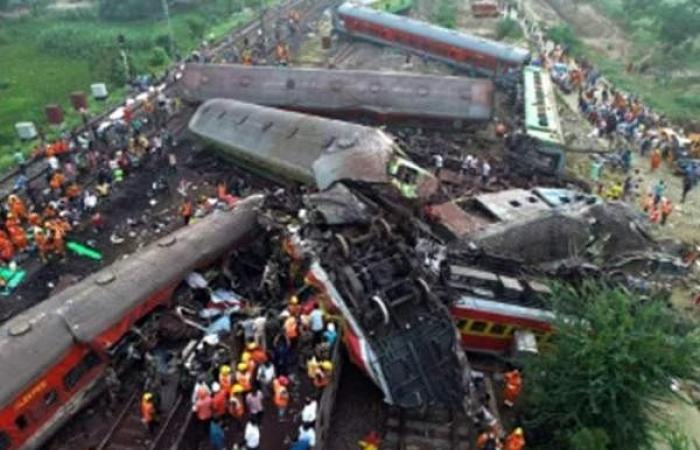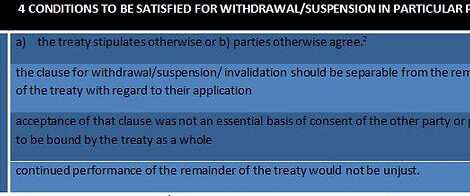By P. Sudhir
The horrific train crash on June 2 in Balasore district, Odisha has left the country, indeed the world, shocked. 288 persons were killed and over 1100 injured as one speeding train took a wrong line, crashed into a stationary goods train loaded with iron ore and derailed, causing some coaches of a third speeding train also to derail. Both trains were packed, among others, with migrant workers and families mainly travelling between West Bengal, Odisha, Tamil Nadu, Karnataka, and Andhra Pradesh. The country is no stranger to train accidents, with over 2000 accidents having occurred in 2017-21, including 217 ‘consequential’ ones involving loss of human life or injuries or damage to railway property. But this latest one has deeply troubled people not only because of the ferocity of the impact, the brutal nature of so many deaths and injuries but also because, in recent years, an impression had been created that Indian Railways was being converted into a ‘smart’ and speedy transport system, with latest technology being used for safety and comfort.
The Modi government has gone overboard in creating this hype, with the prime minister himself inaugurating Vande Bharat trains all over the country. Over Rs 2.4 lakh crore were allocated in this year’s budget for capital outlay in railways, mostly for these semi-high speed Vande Bharat trains and also ‘upgradation’ of 1275 stations, etc. So, the Balasore crash has come as a heart-rending wake up call for the people – all is not well with the gigantic railway system. Justifiably, there is all round demand for finding out the reason why a speeding Coromandel Express heading from Kolkata to Chennai on the main line got routed on to a loop line which was occupied by a stationary goods train. The Railway Board and the rail minister have indicated that there was probably some error in the electronic interlocking system which switches trains between tracks and also controls the signal for go or not-go. They are also putting out speculation that the points system was tampered with, necessitating a CBI enquiry. This seems a diversionary move. Why not wait for the Commissioner of Railway Safety’s enquiry before concluding there is need for investigating any criminality in the accident that occurred.
But this is not the whole story. A recent Performance Audit report of the Comptroller and Auditor General (CAG) on derailments in the railways in 2017-21 had highlighted some portentous systemic issues. There was a shortfall of 30-100 per cent in inspections by track recording cars which assess structural and geometrical features of the rail tracks. Out of 1129 derailments, 422 were attributable to engineering issues including ‘maintenance of tracks’ (171 cases) and ‘deviation of track parameters beyond permissible limits’ (156 cases), while in 182 cases, defects in wheels etc of coaches were found to be the cause and 275 were due to ‘incorrect setting of points and other shunting mistakes’.
Significantly, the CAG pointed out that since 2017-18, all safety related works were brought under the Rashtriya Rail Samraksha Kosh (RRSK) which were earlier funded by the Depreciation Reserve Fund. In the new dispensation, 20 per cent of the Rs 1 lakh crore allocated for RRSK was to be generated by railways from its internal resources. This is typical of the Modi government’s policy of cutting its spending and ordering every institution to generate funds from their internal resources. Given the poor internal resource position of railways, nearly 80 per cent of the railways’ share for RRSK was not raised. What this means is that there was funds shortage for necessary safety measures even though Modi was merrily inaugurating his new trains. This is not all – the CAG report also highlights that spending from RRSK has declined over the years, especially for Priority 1 works that include derailments and level crossings.
Apart from this criminally cavalier approach to safety, the Railways has also been carrying on with short manpower. In February this year, railway minister Vaishnaw informed the Rajya Sabha that there were nearly three lakh non-gazetted posts lying vacant in railways. Recently, the All India Loco Running Staff Association (AILRSA) had demanded that 471 vacant posts out of sanctioned 5229 posts in the south zone be filled up. They had pointed out that loco staff were often working for more than 12 hours at a stretch due to this shortage. If a repeat of Balasore is to be prevented, the Modi government needs to reveal the full and true picture of railways’ safety measures and speedily repair the broken system to restore public trust. The full impact of the privatisation drive in railways has been foretold by the disaster in Balasore.
At the political level, a legitimate question raised is why the railway minister, Ashwini Vaishnaw has not resigned owning moral responsibility for this worst railway accident in the last two decades. In 1956, Lal Bahadur Shastri had resigned as railway minister from the Nehru cabinet after a train accident in Tamil Nadu. Later in 1999, Nitish Kumar had quit as railway minister from the Vajpayee government after a terrible rail accident in West Bengal. Neither Prime Minister Modi, nor his railway minister, feels the need to be accountable for this disaster. (IPA Service)




 Commissioning Of K-FON Is The Real Kerala Story
Commissioning Of K-FON Is The Real Kerala Story 